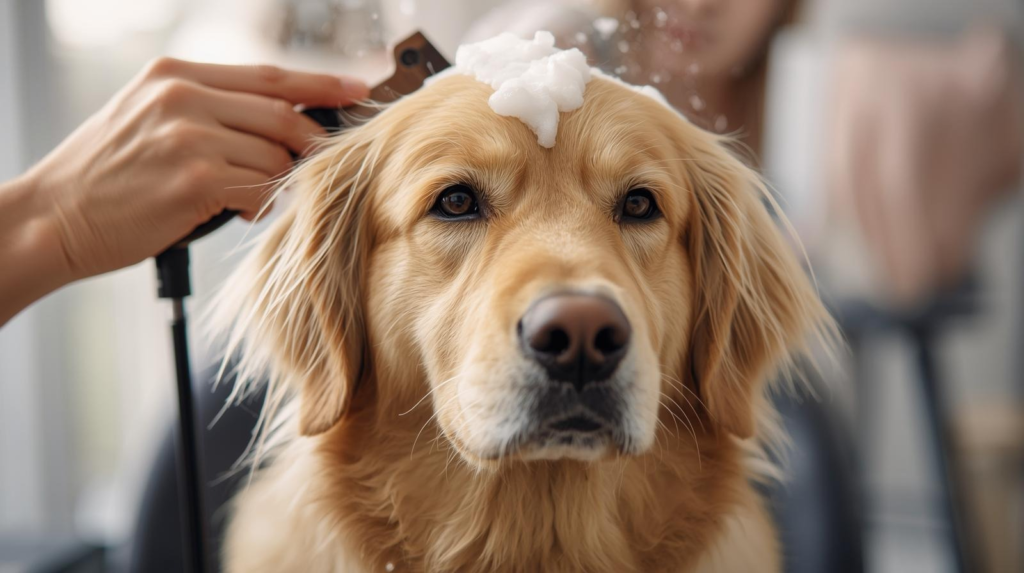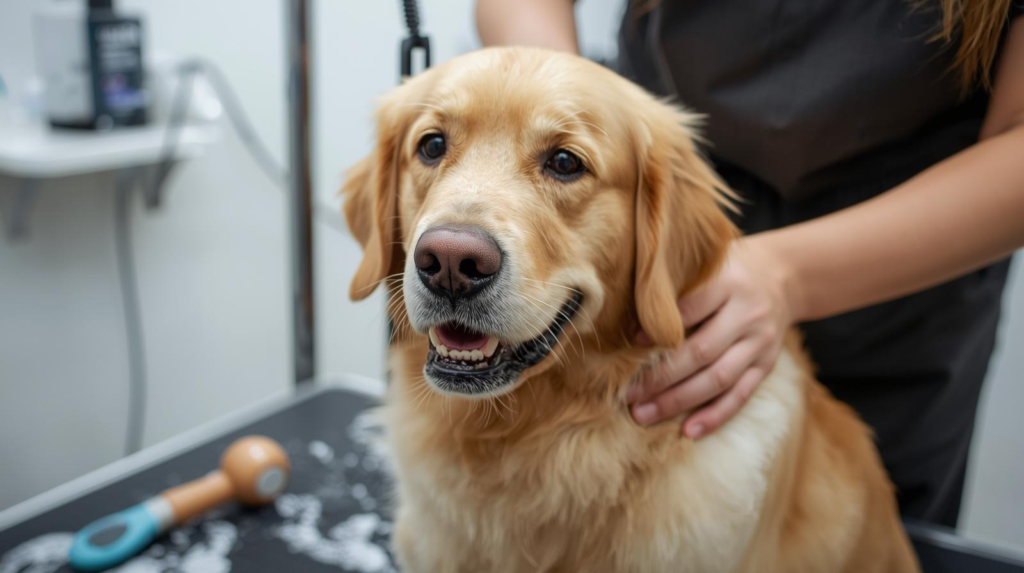Hey, having a dog is like adding a best friend to your life, always ready for a belly rub or a game of fetch. But dog care isn’t just tossing them a bone—it’s about keeping them healthy and wagging their tail for years. I learned this with my Beagle, Bella, who’s been my sidekick for six years. Let’s talk about the must-know tips to make your pup thrive.
Why Dog Care Is a Big Deal
Good dog care keeps your pup full of energy and out of trouble. It’s not just feeding them; it’s noticing if they’re acting weird, like limping or not eating. Bella once hid under the couch when she ate something bad, and that clue got us to the vet fast. Proper care can help dogs live 10-15 years, sometimes more for small breeds.
Think of it like taking care of yourself—skip sleep or eat junk, and you feel awful. Dogs are the same; they need a routine to stay happy. Get it right, and you’ll have a loyal buddy for life.

Food: Fuel for a Happy Pup
Feeding your dog well is the heart of dog care. Puppies need three small meals a day to grow strong, while adult dogs do great with two. My vet told me to pick food with meat as the top ingredient—no fillers like corn. Bella loves her chicken kibble, but I mix in green beans for a treat.
Always keep fresh water out, refilled morning and night. Overfeeding is a no-go; extra pounds hurt their joints. I measure Bella’s food with a cup to keep her trim. Treats? Keep them to 10% of their diet—think carrot sticks, not bacon.
Exercise: Let Them Run Wild
Dogs are born to move, so daily exercise is key. Most need 30-60 minutes, but it depends on the breed. My friend’s Pug just needs a short stroll, but Bella, my Beagle, goes nuts for a long park run. Without it, she’d probably chew my shoes to bits.
Try fun stuff like fetch or a toy rope tug to keep their brain busy. No exercise can mean a bored dog who barks or digs holes. I take Bella on a sniffing adventure in the yard—it’s like a treasure hunt for her nose.
Grooming: More Than Just Looks
Grooming keeps your dog comfy and helps you spot problems. Brush their fur a few times a week—Bella’s short coat needs a quick once-over, but fluffy breeds like Huskies need daily brushing. Baths? Only every couple of months unless they’re muddy; too much soap dries their skin.

Clip nails every 4-6 weeks so they don’t click on the floor. Check ears for gunk weekly; I use a damp cloth on Bella. If you see fleas, act fast—those suckers spread quick. A good brush session feels like a doggy spa day.
Vet Visits: Keep Them in Check
Vet trips are non-negotiable for dog care. Puppies need shots every few weeks until they’re about 16 weeks old, then yearly boosters for stuff like rabies. Adults need a check-up once a year, seniors twice. Bella’s vet caught a lump early, and it was no big deal because we acted fast.
Brush their teeth daily with dog-safe toothpaste—human stuff is toxic. Spaying or neutering around six months cuts health risks. If your dog’s acting off, like not eating, don’t wait. Pet insurance saved me when Bella needed x-rays after eating a sock.
Training: Teach Them the Rules
Training makes life easier for you and your dog. Start with simple commands like sit or stay, using treats as rewards. Bella learned “come” with bits of cheese, and now she’s a pro. No yelling—it scares them and doesn’t work. Crate training is great for puppies to feel safe and avoid accidents.
Socialize them early with people and other dogs so they’re friendly, not jumpy. It’s like teaching a kid manners—clear rules make everyone happy. If you’re struggling, local training classes are super fun and helpful.

Mental Games: Keep Their Brain Busy
Dogs need brain workouts just like we do. Puzzle toys or a stuffed Kong keep them thinking. I hide treats around the house for Bella to sniff out—it’s like her version of a video game. Without mental stimulation, dogs get bored and start chewing stuff they shouldn’t.
For smart breeds like Shepherds, try teaching tricks or setting up an obstacle course. Bella loves when I scatter kibble in the grass—it keeps her busy for ages. It’s a simple way to avoid a grumpy pup tearing up your couch.
Watch for Health Red Flags
Dog care means knowing what’s normal for your pup. Big breeds like Labs can get hip problems—watch for limping after play. Obesity is common; if you can’t feel their ribs, cut back on food. Heartworm from mosquitoes is serious, so use monthly meds.
Fleas make them itch like crazy, so check after walks. Senior dogs might slow down with arthritis; ramps help them get on the couch. Bella had a weird cough once, and a quick vet visit fixed it. Trust your gut—if something’s off, get it checked.
Weather Changes: Adjust Their Care
Seasons affect dog care too. In summer, walk early or late to avoid hot pavement—burned paws are no joke. Bella gets a bowl of ice water on hot days. Winter means booties for icy walks or a coat for short-haired dogs. She looks hilarious in her little jacket.
Spring pollen can make them sneezy, so wipe paws after walks. Fall ticks are sneaky—check fur after hikes. Sunscreen on pink noses prevents burns. It’s like dressing for the weather yourself; keep your pup comfy.
Must-Have Dog Supplies
Get the basics: a sturdy leash, collar with ID tags, and a microchip in case they wander. A comfy bed and non-tip food bowls are key. Bella’s crate is her safe spot when I’m out. Toys like chew bones last longer than cheap squeakers.
A grooming kit with a brush, nail clippers, and dog shampoo is a must. For travel, pack a first-aid kit with bandages and tweezers. I keep a spare leash in my car—Bella’s escaped once or twice. Quality gear saves money in the long run.
Be Ready for Emergencies
Accidents happen—a chewed toy stuck in their tummy or a run-in with a car. Save your vet’s number and a 24/7 clinic’s too. A first-aid kit with gauze and antiseptic is a lifesaver. I learned dog CPR online; it’s simple chest presses if they’re not breathing.
Make a pet sitter guide with feeding times and meds. Bella’s list includes her hate for loud noises. Pet insurance helps with big bills—emergency surgeries aren’t cheap. Stay calm in a crisis; your dog picks up on your vibe. Need further Guidance? Visit veterinarydaily.com
FAQs About Dog Care
How much exercise does my dog need?
Small dogs need 20-30 minutes daily; big ones need up to an hour. Mix walks and playtime.
What food’s best for my dog?
Look for meat-first kibble or wet food. Puppies need special formulas—ask your vet.
How do I stop barking?
More exercise and training. Bored dogs bark a lot. Distraction toys help.
Are flea meds necessary?
Yes, especially in summer. Monthly drops or collars work great.
What about old dogs?
Softer food, joint supplements, and shorter walks. Vet visits every six months.
Wrapping It Up: Be Your Dog’s Hero
Dog care boils down to love and a solid routine. Feed them well, keep them active, visit the vet, and shower them with attention. Bella’s my best friend because I put in the effort—her wagging tail says it all. Start small: take your pup for a walk today and watch them light up.
